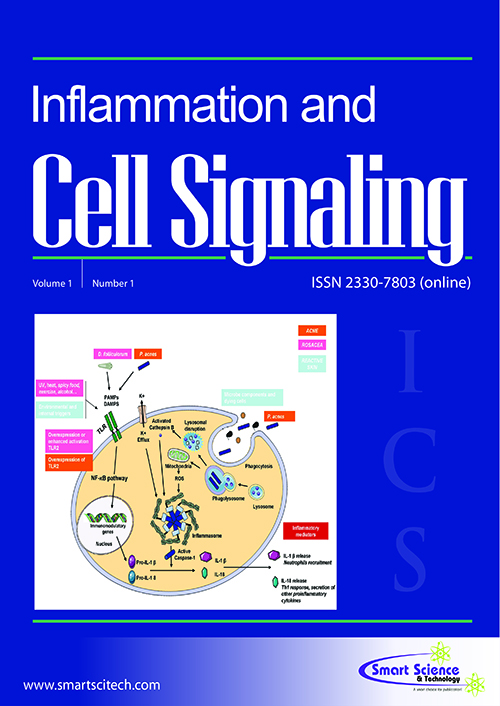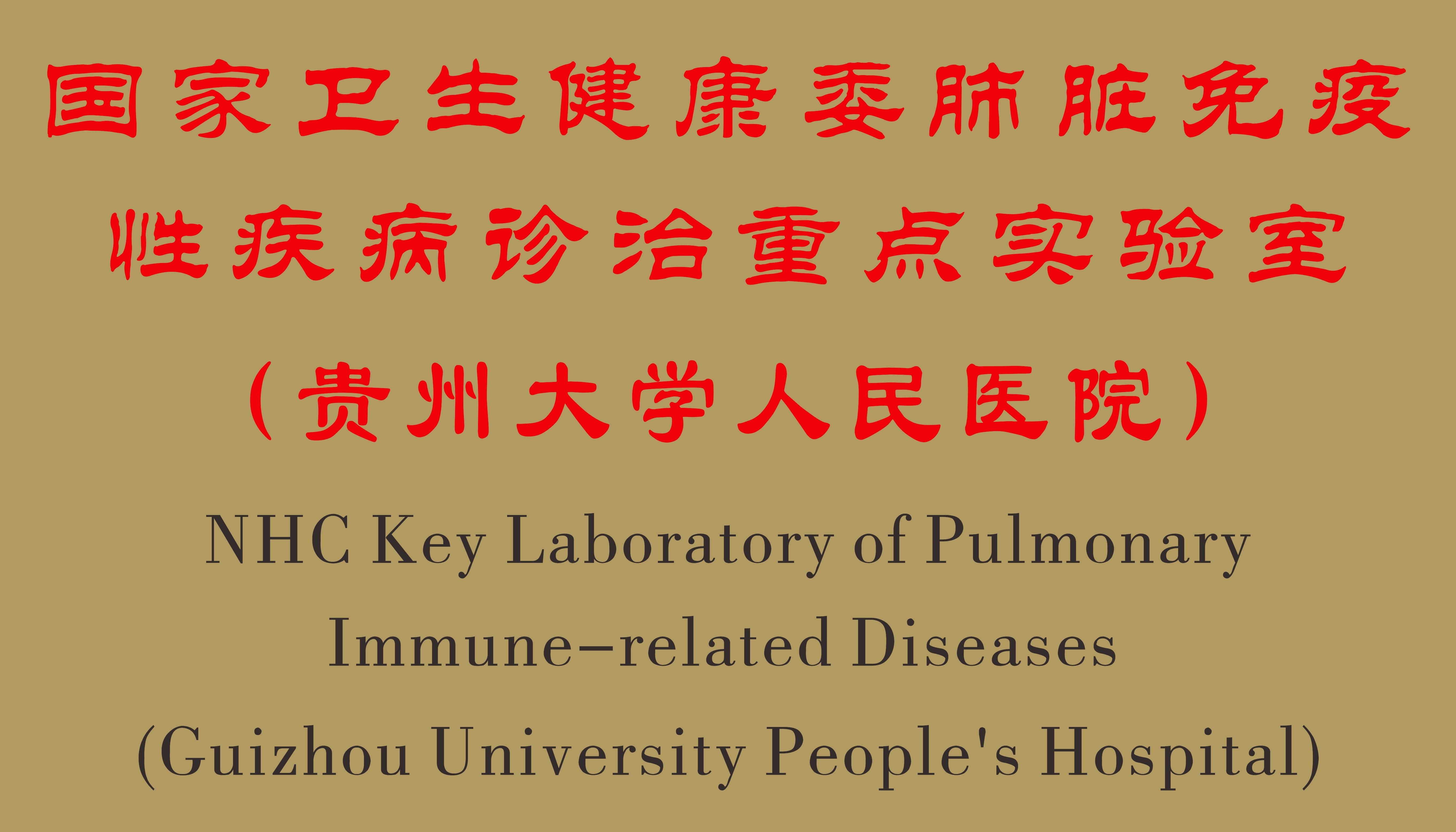TFL, a hidden post-transcriptional modulator behind inflammation
DOI: 10.14800/ics.244
Abstract
Post-transcriptional modulation of inflammatory molecules is recently recognized for fine tuning of inflammatory initiation and maintenance. In these molecules, some families with three cytosines and a histidine type of zinc finger domain are gaining attention. Among them, MCP-1 induced protein (MCPIP), also known as regulatory RNase 1 (Regnase-1), encoded by the Zc3h12a gene is recently recognized as a novel player for the inflammatory response. Meanwhile, the Transformed follicular lymphoma (TFL) gene is identified as a putative tumor suppressor gene for lung carcinoma, as well as malignant lymphoma. TFL is a member of the Zc3h12 gene family; hence, it is named as Zc3h12d. It has Nedd4-binding protein 1 and bacterial YacP-like protein domains, which resemble the N-terminus of PilT protein, acts as a ribonuclease, and degrades several cytokines similar to Regnase-1. TFL encodes mainly the 58Kda protein, p58TFL, which is expressed dominantly in lymphoid organs and is upregulated in activated T and B cells according to the inflammatory response. In contrast, MCPIP/Regnase-1 is expressed mainly in macrophages and for a short term in activated lymphocytes. TFL inhibits cell growth via upstream inhibition of the Rb signaling pathway like a tumor suppressor. Moreover, in contrast to other Zc3h12 family members, expression of TFL is increased slowly in activated lymphocytes, and inflammatory resolution is modulated, which is vital for tissue regeneration. Inflammatory dysregulation by TFL deficiencies brings about prolonged inflammation and may give rise to tumor susceptibility in lymphomagenesis. Therefore, TFL can be considered a novel regulatory marker of inflammation, as well as an indicator for tumor progression.














